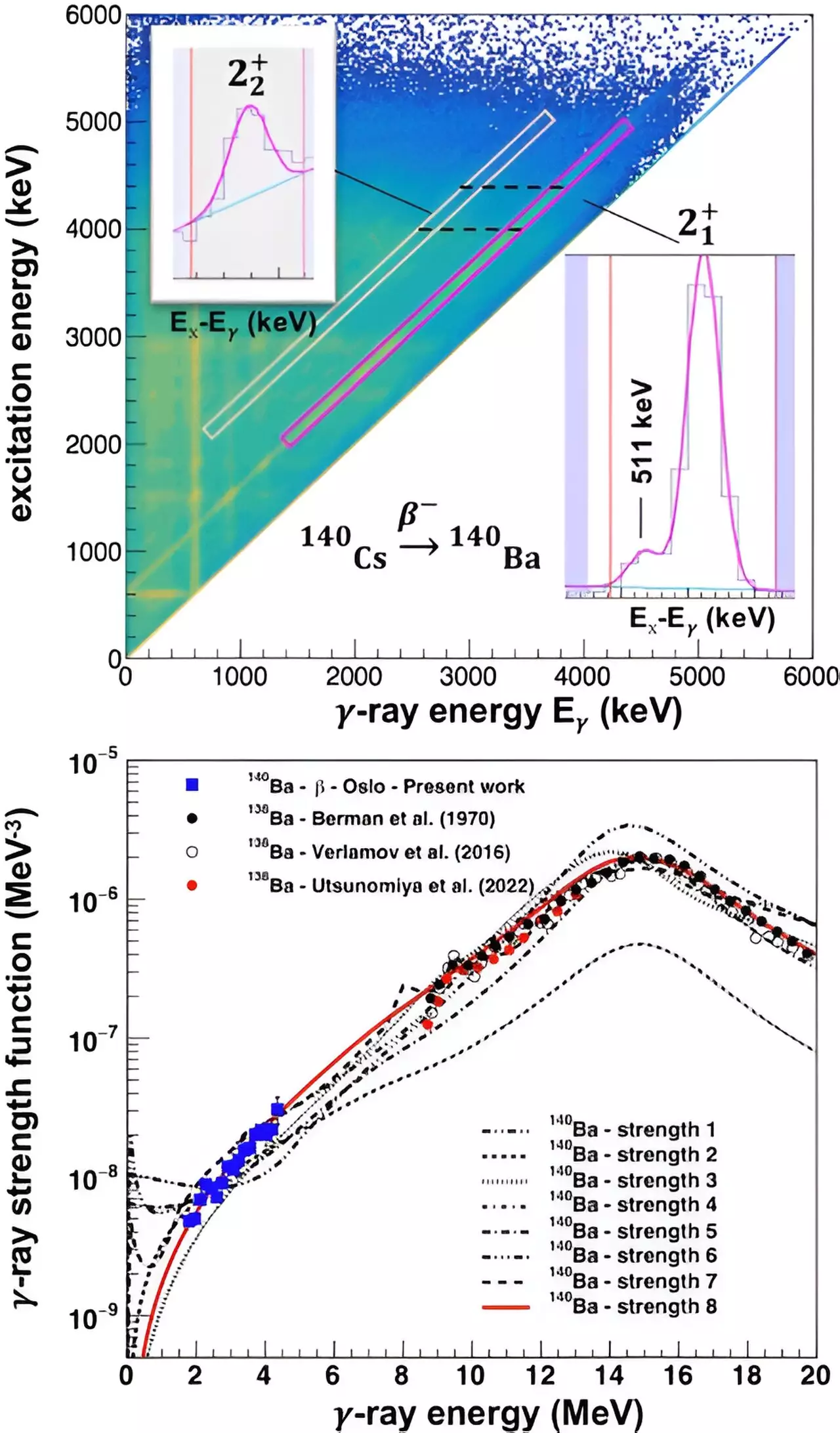The universe is a theater of astonishing phenomena, where stars play lead roles in the grand cosmic drama. Their birth and death cycles are not only visually stunning; they also provide a fascinating narrative about the elements that compose our very existence. Despite extensive research, many questions about these stellar processes remain tantalizingly unresolved. How are stars born? What processes fuel their radiant energy for billions of years? Which mechanisms are responsible for the formation of the elements we observe around us? Recent findings from an international research team, including experts from the U.S. Department of Energy’s Argonne National Laboratory, have shed light on these queries, advancing our understanding of nucleosynthesis—the process through which new atomic nuclei form.
For a long time, scientists have understood that heavy elements in stars, such as barium and lanthanum, originate through complex processes of nucleosynthesis. Broadly categorized into rapid (“r”) and slow (“s”) processes, these mechanisms differ markedly in their timelines and environmental requirements. The rapid process, typically observed in the explosive environments of supernovae, occurs in mere seconds, while the slow process unfolds over the extensive lifetimes of older stars, producing elements gradually over millions of years.
In a recent breakthrough, researchers identified a potential third pathway—an intermediate (“i”) process—which could explain the puzzling abundance of certain elements found in stars with low metallic content. This revelation opens avenues for deeper exploration into stellar chemistry, suggesting that earlier models of element formation are far too simplistic.
A key part of this exploration involves understanding how neutrons interact with atomic nuclei. A recent study focused on barium isotopes, particularly barium-139 and its transformation to barium-140, which is intricately tied to the synthesis of heavy elements. The research team led by physicists from Michigan State University and the University of Cologne managed to measure the unsure branches of this neutron-capture process. Their findings indicate that past models underestimated the complexity of this synthesis, necessitating refined predictive models to describe element formation in stars.
These experimental insights were made possible by the CARIBU facility, which provides access to beams of short-lived isotopes. The ability to study these isotopes in a controlled environment has allowed scientists to begin quantifying reaction rates with unprecedented accuracy—a critical advancement for our understanding of both nucleosynthesis and cosmic element generation.
One of the most significant challenges in this area of research is the ephemeral nature of barium-139, which possesses a half-life of just 83 minutes. To combat these limitations, researchers employed innovative techniques to glean insights indirectly through cesium-140, which decays into barium-140 while emitting detectable gamma rays. Utilizing the FRIB’s sophisticated gamma-ray spectrometer, researchers could better infer the reaction rates of these isotopes, a methodological leap that heralds future breakthroughs in the study of neutron-rich isotopes.
The precision of techniques like these is critical, as the gathering of accurate data can change perceptions and predictions about the cosmic processes that govern element formation. As stated by Guy Savard, ATLAS director at Argonne National Laboratory, these techniques require both high-intensity and high-purity radioactive beams—a combination uniquely provided by the CARIBU facility.
With these recent discoveries, the research community is poised to embark on a new series of experimental campaigns using the upgraded nuCARIBU facility. This upcoming phase will allow researchers to expand the scope of neutron-capture studies, further clarifying the behaviors of neutron-rich isotopes and their contributions to nucleosynthesis.
The implications of this work reach far beyond academic curiosity. Understanding the origins and transformations of elements in stars sheds light on fundamental questions about the universe and our place within it. These discoveries help illuminate the processes that share the building blocks of life on Earth and potentially inform our understanding of the cosmos’s future.
In summation, the birth, evolution, and death of stars not only govern their lives but also dictate the elemental tapestry that forms the very fabric of our universe. Current research is progressively unveiling the intricacies of these processes, providing clarity on the complexities surrounding element formation and nucleosynthesis. As scientists continue to push the boundaries of cosmic inquiry, each discovery moves us closer to answering profound questions about our origins and the nature of the universe itself, reminding us that the journey of discovery is never truly complete.

